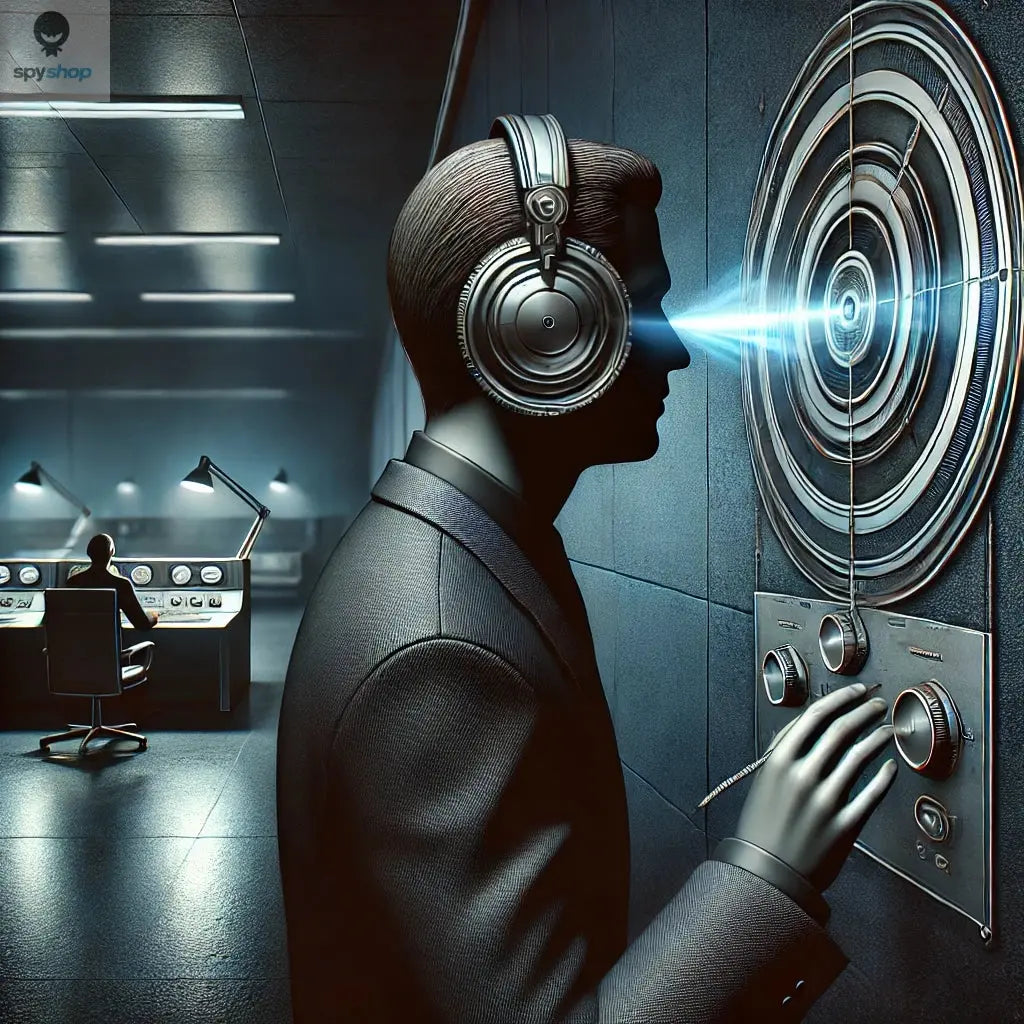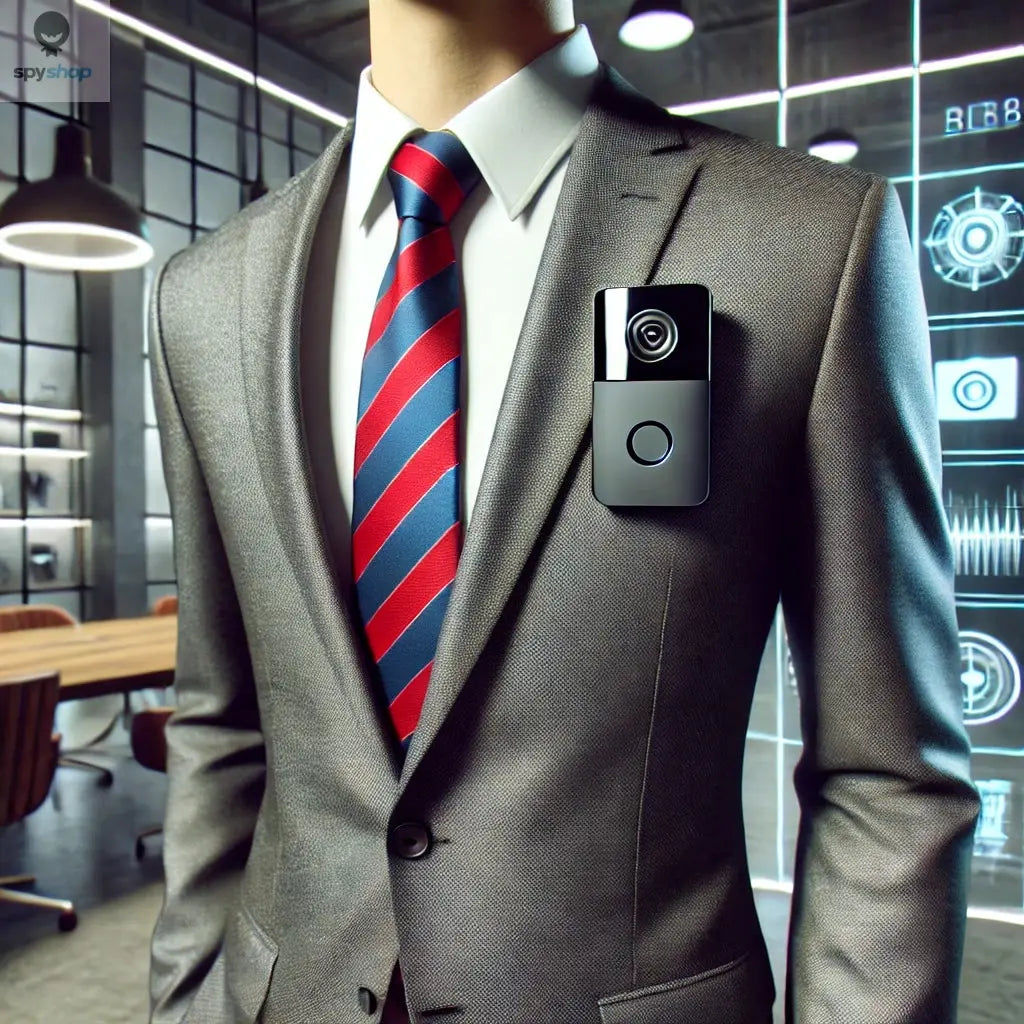
Eavesdropping Decoded: The Science Behind Listen-Through-Walls Devices
Man discreetly using a modern listening gadget, leaning against a wall, with an inquisitive expression.
Tags: Covert Listening | Acoustic Technology | Sound Waves | Privacy Considerations
The advancement of acoustic technology has made it possible to hear through walls with remarkable precision. Devices designed for this purpose leverage fundamental principles of sound physics, transforming inaudible vibrations into clear audio signals. While these tools might sound like they belong in a spy thriller, their applications range from legitimate security uses to emergency response situations. Let’s break down how they work.
Understanding Sound Transmission
At its core, sound is a vibration that propagates through mediums like air, water, or solid objects. When someone speaks inside a room, their voice creates sound waves that cause the particles in the air and surrounding materials, such as walls, to vibrate. These vibrations are subtle but carry the essence of the sound.
A listen-through-walls device detects these vibrations:
- Vibration Pickup: The device has a specialized sensor or probe, often made of piezoelectric materials, designed to pick up minute vibrations from the surface of a wall.
- Signal Amplification: Once the sensor captures the vibrations, the device amplifies these signals to make them audible.
- Audio Conversion: Advanced models use filters to enhance clarity, removing background noise and isolating the main audio source.
Advanced Features in Modern Devices
- Frequency Adjustment: Users can adjust sensitivity to account for wall density and ambient noise.
- Noise Filtering: High-end devices include digital noise reduction to ensure clear audio output.
- Compact Design: Many tools are portable and discreet, making them easy to deploy.
Limitations and Effectiveness
The efficiency of these devices depends on:
- Wall Material: Thicker walls or those made of dense materials like concrete reduce the clarity of transmitted sound.
- Source Volume: Louder sounds are easier to capture and amplify.
Ethical and Legal Implications
While the technology is impressive, its misuse can lead to serious ethical and legal concerns. Unauthorized surveillance and privacy invasion are strictly prohibited in most jurisdictions. It’s crucial to use these devices responsibly, reserving them for situations like rescue missions, law enforcement, or investigative purposes approved by law.
Broader Applications of Sound Wave Technology
Devices that use sound wave technology aren’t limited to surveillance. From medical ultrasounds to underwater sonar systems, this field has revolutionized numerous industries, showcasing the versatility and power of sound.
Final Thoughts
Listening devices that work through walls represent a convergence of science and innovation. They highlight how sound waves can unlock hidden information, offering practical solutions for challenging scenarios. However, their usage demands a fine balance between utility and ethical considerations, ensuring respect for privacy remains paramount.

